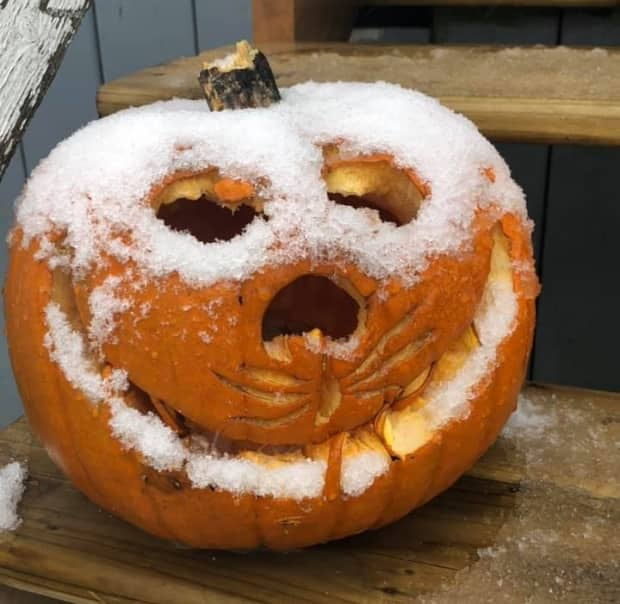N.B. COVID-19 roundup: 3 new cases of COVID-19 in Campbellton region
There are three new cases of COVID-19 in Zone 5, the Campbellton region.
Public Health said two of the three cases were identified in the mass testing conducted Sunday in Dalhousie.
About 1,135 people were tested that day, but not all of the results have been processed. No cases were detected in mass testing in Campbellton.
Two of the new cases reported Tuesday are people in their 50s, and the third is someone in their 80s. All three are self-isolating.
The total number of active cases is 55, and five more people have recovered since Monday. Four people are in hospital but no one is in the intensive care unit.
There are 37 active cases in the Campbellton region, 15 in Zone 1, the Moncton region, and 3 in Zone 3, the Fredericton region.
New Brunswick has had 334 cases of COVID-19 since the pandemic began in March. Of those, 273 people have recovered and six have died.
As of Monday, 99,756 tests have been conducted, including 1,505 on Monday.
Mask rule 'reasonable,' commissioner finds
The government's mandatory mask rule in public spaces is "reasonable and balanced in light of the public health goal and urgency," New Brunswick Human Rights Commission chair Claire Roussel-Sullivan said Tuesday.
The province implemented the mandatory order under the Emergency Measures Act on Oct. 8 in an effort to reduce the spread of COVID-19.
"In particular, we are pleased to see that the mandatory order applies the principles of the duty to accommodate under the act by accommodating individuals who are not able to wear a mask due to age, mental disability, or physical disability," Roussel-Sullivan said in a news release.

Roussel-Sullivan said the commission had received numerous requests from various service providers and government departments to make sure the mandatory order was being followed properly.
Those who are exempt from wearing a mask because of health or other reasons should communicate that, so the "reasonable" accommodation can be found, the release said.
"Businesses are urged to seek alternative ways to offer their services and individuals who are exempt from mask wearing are required to accept reasonable accommodation while also paying special attention to physical distancing, frequent hand washing, and avoid, as much as possible, crowded places," the release said.
No Halloween in Zone 5
Public Health said while Zone 5 is in the orange phase of recovery, door-to-door trick-or-treating and handing out treats are not permitted.
Residents can only celebrate Halloween with their household bubble, and parties outside of household bubbles are not allowed.
"It is recommended that residents keep contacts to a minimum."

Halloween in yellow level
Public Health said the remainder of New Brunswick which is under the yellow level can celebrate Halloween with door-to-door trick-or-treating but must follow some guidelines. They include:
if children go door-to-door, they should avoid contact with anyone in their bubble who is at higher risk for several days following Halloween;
informal indoor and outdoor celebrations are permitted with a maximum of 50 people but a list of participants must be maintained; and
any business, organization or group that plans an event, including malls, are required to have an operational plan for any Halloween activities, must keep a list of participants, and must ensure the use of masks in public spaces and ensure that physical distancing is practised.
What to do if you have a symptom
People concerned they might have COVID-19 symptoms can take a self-assessment test on the government website at gnb.ca.
Public Health says symptoms shown by people with COVID-19 have included: a fever above 38 C, a new cough or worsening chronic cough, sore throat, runny nose, headache, new onset of fatigue, new onset of muscle pain, diarrhea, loss of sense of taste or smell, and difficulty breathing.
In children, symptoms have also included purple markings on the fingers and toes.
People with one of those symptoms should:
Stay at home.
Call Tele-Care 811 or their doctor.
Describe symptoms and travel history.
Follow instructions.


